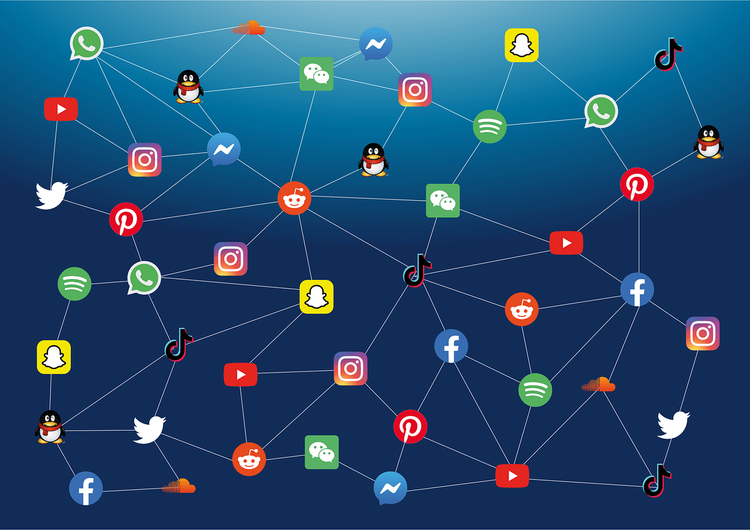This week, Microsoft held its annual Build conference entirely online, showcasing keynotes, panels, digital breakout sessions, and workshops aimed at developers. Despite the virtual format, the company made waves with significant announcements, including a new framework for Office collaboration, a healthcare-focused cloud offering, and the development of an AI supercomputer. These innovations highlight Microsoft's robust investments in cloud computing and machine learning, which are beginning to yield tangible products.
Microsoft continues to target businesses with its software suite, which includes Outlook, Office, Teams, and SharePoint. The company is enhancing its Microsoft 365 services, with the notable announcement of the Fluid Framework, introduced last year. This framework aims to unify collaboration by merging Excel spreadsheets, Word documents, and PowerPoint slides into a single cohesive workspace, eliminating the need for traditional file formats. The Fluid Framework is positioned to elevate Microsoft’s productivity tools above those of competitors like Google. It will be rolled out in the coming months, giving users on the Targeted Release cycle an early opportunity to explore the new features in Office.com and Outlook for the web.
In the new system, users can initiate any Office app—such as Excel or Word—and seamlessly incorporate Fluid components like charts, tables, and task lists. These elements will remain synchronized across all platforms; for instance, editing a table cell in one location automatically updates it everywhere it appears. Real-time collaboration is also supported, allowing multiple users to work on these files simultaneously; these components can be integrated into emails and Teams chats. Furthermore, Microsoft plans to make the Fluid Framework open-source, encouraging third-party applications to adopt these features.
Additionally, Microsoft introduced a new Lists app, enhancing the existing functionality of Lists in SharePoint. This project management tool allows users to track progress with checklists across Microsoft services and create to-do lists directly within Teams. Users can import lists from other applications, enabling real-time commenting and editing by colleagues. Features such as conditional formatting allow for visual updates, like changing colors when items are completed.
As Microsoft expands its productivity software, it is also targeting specific industries. The company announced its first Industry Cloud offering, starting with Cloud for Healthcare—a timely initiative given the growing emphasis on telehealth. This new service provides healthcare professionals access to tools like Teams and the Healthcare Bot Service, as well as patient engagement platforms for appointment booking and follow-ups. Within Teams, healthcare providers can conduct HIPAA-compliant telehealth consultations, enhancing the efficiency of patient care.
In a significant leap forward, Microsoft unveiled a supercomputer hosted on its Azure cloud network, specifically designed to train OpenAI models for large-scale problem-solving. While details on its operation remain sparse, the supercomputer boasts 285,000 CPU cores and 10,000 GPUs, positioning it among the world's fastest systems. This immense processing capability may enable Microsoft to tackle complex AI applications beyond simple tasks like facial recognition.
Microsoft's broader aspirations include the recently announced "planetary computer," a comprehensive system that processes global data using AI and machine learning to address environmental challenges for various sectors.
Overall, Microsoft's Build conference unveiled exciting advancements at multiple levels: enhancing productivity software, launching industry-specific cloud solutions, and developing an AI supercomputer. The company's efforts demonstrate a clear intention to integrate into various aspects of daily life and work, encouraging competition and innovation across the tech landscape.







